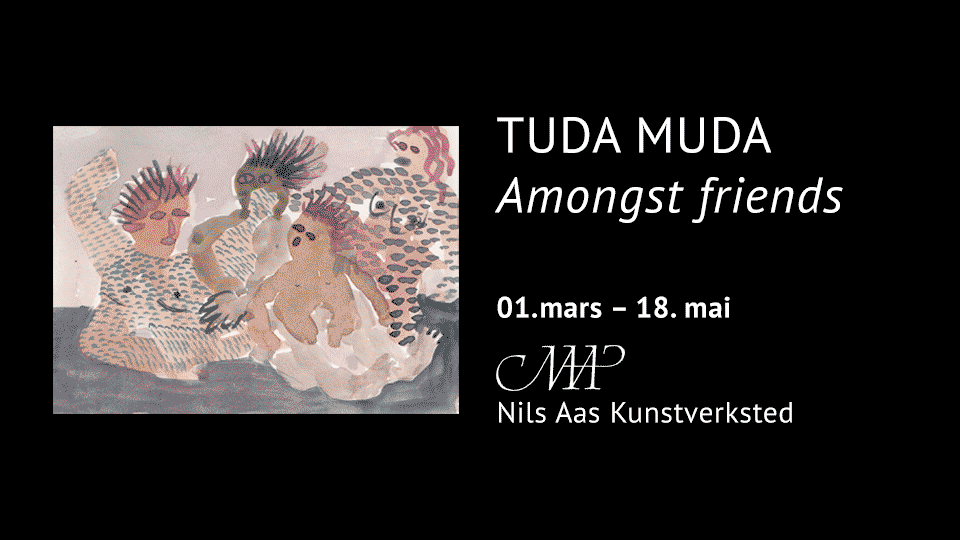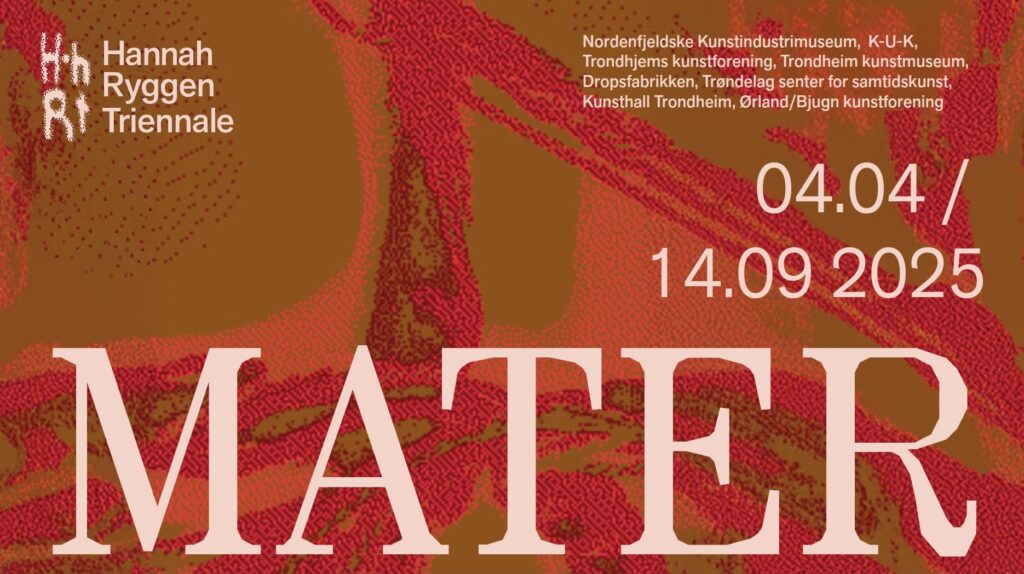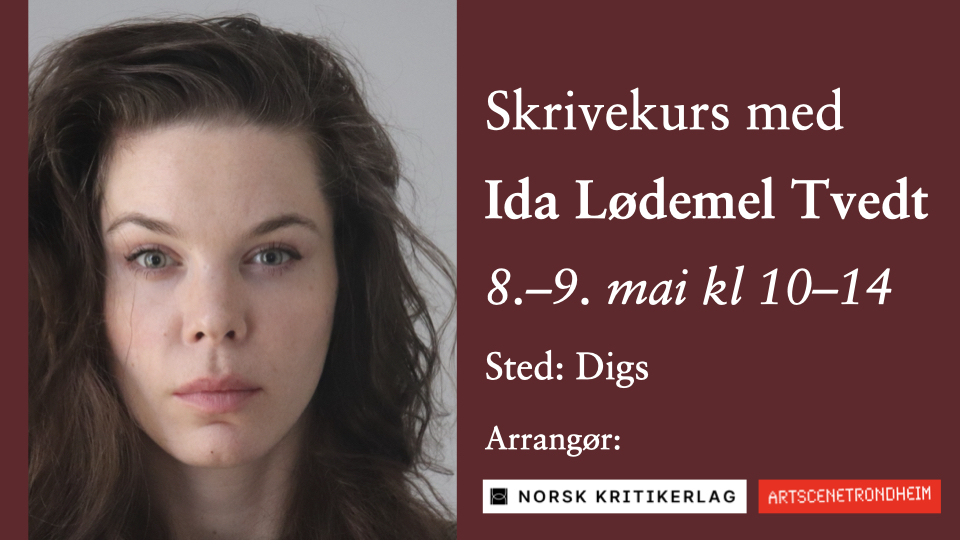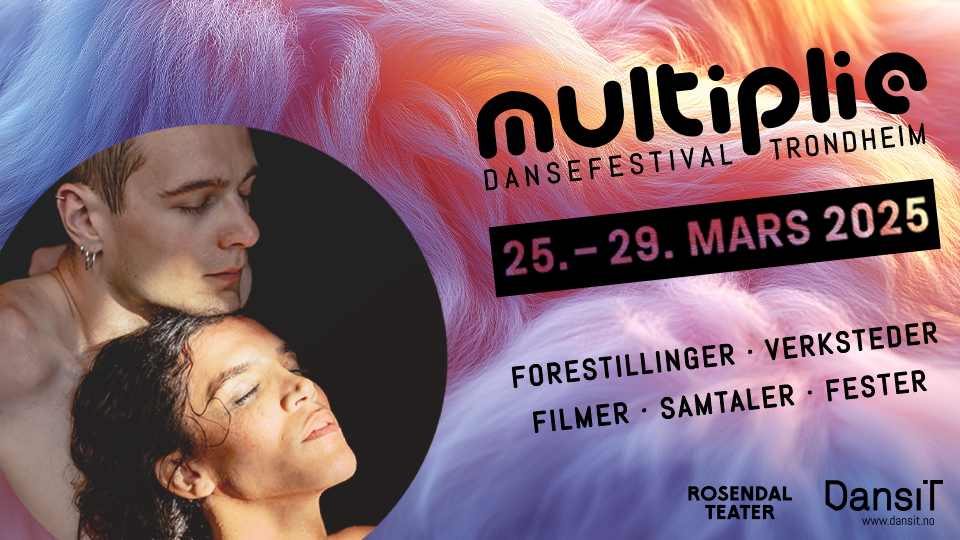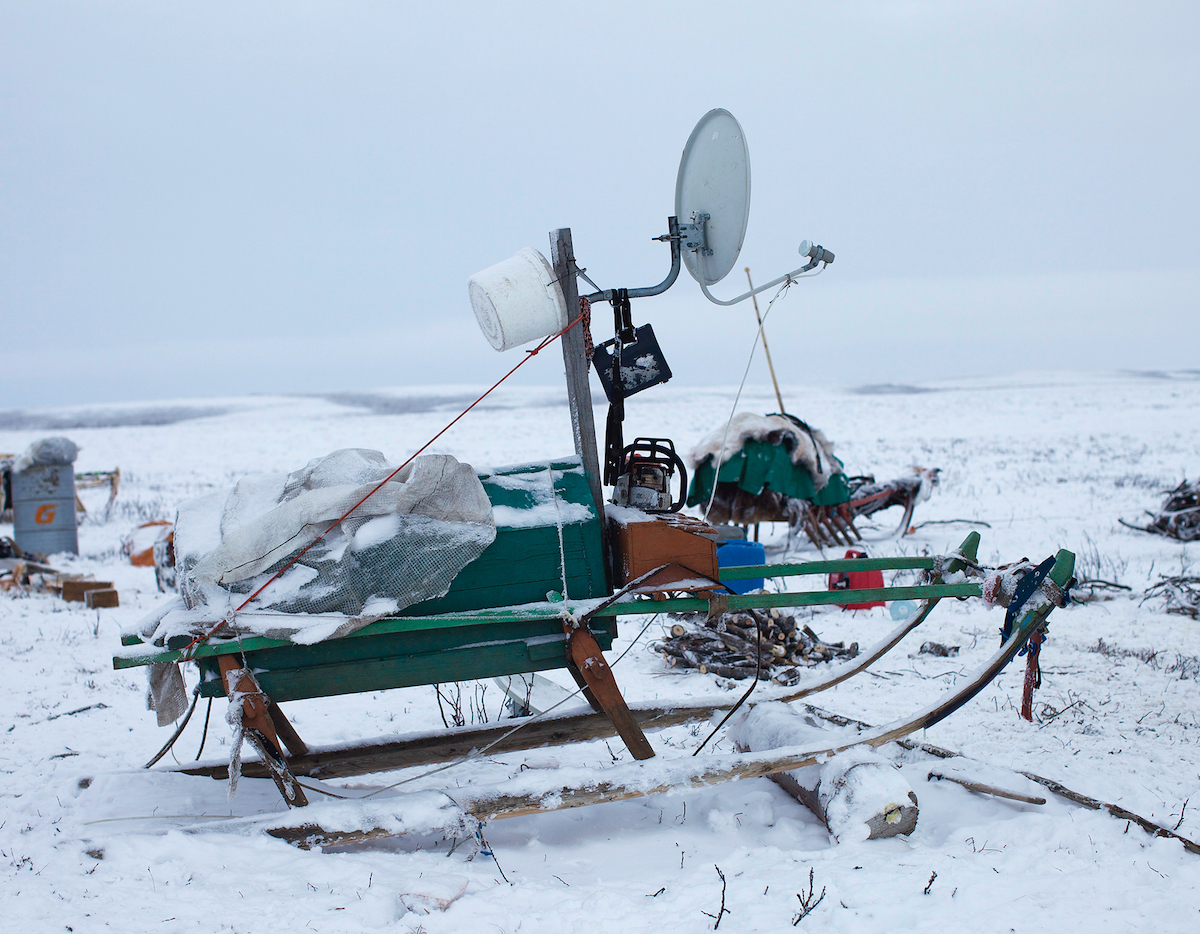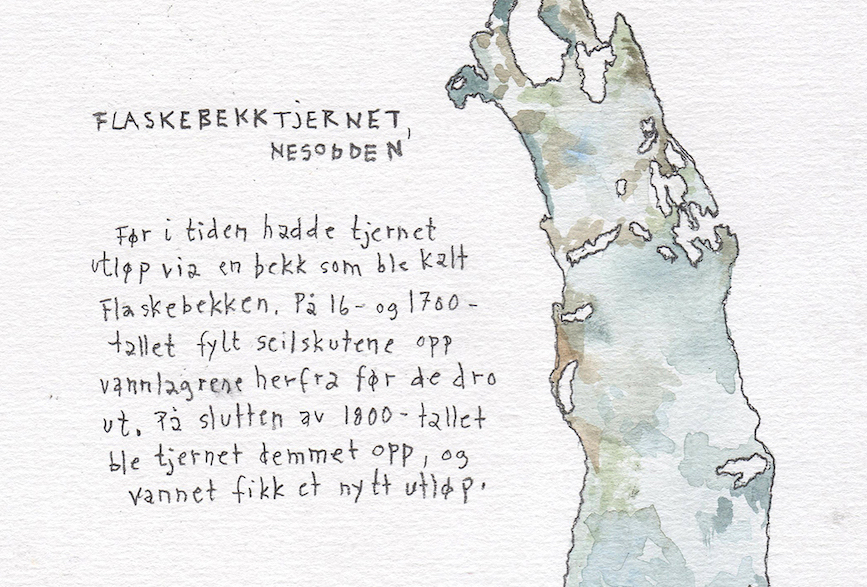Livet som konstnär: Shingo Yoshida
Intervju, Livet som konstnär, Tekstserier, Märit Aronsson-Towler 08.12.2016
Få yrken påverkar ens privatliv så mycket som konstnärens, om man ens kan prata om något privatliv. Yrke och fritid flyter oftast ihop, eller så delar man upp dagarna mellan brödjobb, ateljéjobb och fritid. Ju längre jag kommer från min egen MFA-examen i 2007, desto fler varianter av konstnärsliv ser jag utveckla sig både hos dem jag gick på kunstakademiet med, och hos andra kollegor jag möter på runtomkring. Det är alltid lika intressant att höra hur de har löst det till synes omöjliga med att få tid och råd att jobba med konst och i tillägg kanske ha familj och några veckors semester varje år. Och framförallt vad konstutbildningen gjort med deras syn på livet och hur den påverkat de val de tagit. Detta ska jag samtala med några konstnärer om. Samtalen kommer att publiceras med jämna mellanrum. Först ut var Gunhild Moe och därefter Anne-Helga Henning. Här kommer Shingo Yoshida.
Platsernas oskrivna narrativer
Shingo Yoshida är 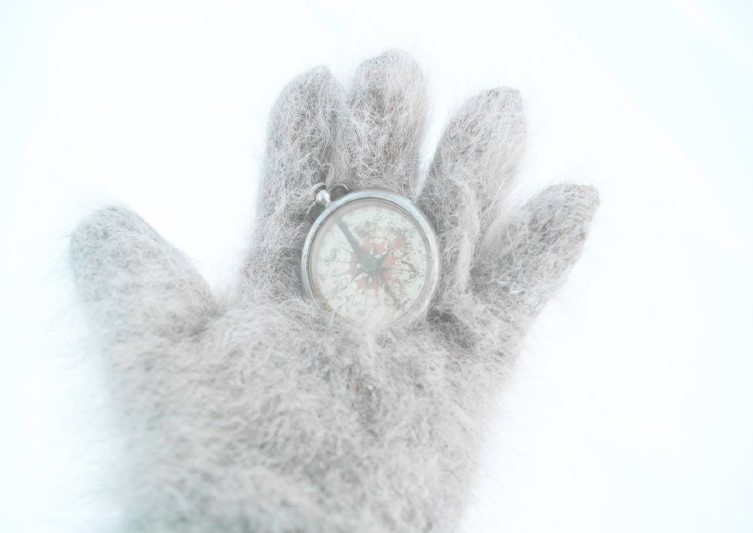 en nomad i konstens namn. Han växte upp i Tokyo och har bott i Europa i ungefär 20 år, först under studieåren i Frankrike, och numera i Berlin. Alltid med korta bostadskontrakt. Shingo reser regelbundet, han ser på världen som sin ateljé. Berlin är hans base camp – fylld av souvenirer. Där bearbetar han sina exkursioner, och planerar nya. Med bl. a. stillbilds- och videokamera gestaltar han platserna dit han kommer. Han arbetar delvis dokumentaristiskt och använder ofta sig själv i verken, både som iakttagare och deltagare. Alla platser har oskrivna narrativer, säger han. Sådant som inte finns i några guideböcker. Hans samlade verk kan ses som en alternativ reseguide till världen. I fjol var han t. ex. i Sibirien och gjorde videoverket «The end of day and beginning of the world», som var inspirerad av lokala historier om korpar. Nyligen ställde han ut på prestigefyllda Gunma Museum of Art i Tatebayashi, Gunma, Japan. Jag skajpar med honom precis när han kommit tillbaka från en vistelse i Frankrike.
en nomad i konstens namn. Han växte upp i Tokyo och har bott i Europa i ungefär 20 år, först under studieåren i Frankrike, och numera i Berlin. Alltid med korta bostadskontrakt. Shingo reser regelbundet, han ser på världen som sin ateljé. Berlin är hans base camp – fylld av souvenirer. Där bearbetar han sina exkursioner, och planerar nya. Med bl. a. stillbilds- och videokamera gestaltar han platserna dit han kommer. Han arbetar delvis dokumentaristiskt och använder ofta sig själv i verken, både som iakttagare och deltagare. Alla platser har oskrivna narrativer, säger han. Sådant som inte finns i några guideböcker. Hans samlade verk kan ses som en alternativ reseguide till världen. I fjol var han t. ex. i Sibirien och gjorde videoverket «The end of day and beginning of the world», som var inspirerad av lokala historier om korpar. Nyligen ställde han ut på prestigefyllda Gunma Museum of Art i Tatebayashi, Gunma, Japan. Jag skajpar med honom precis när han kommit tillbaka från en vistelse i Frankrike.
MA: You were born and raised in Tokyo, and were educated as an artist in France. Why France?
SY: As a high school student, I wanted to be a biologist or a veterinarian, but it was too difficult. I studied law for four years at a university very near my parent’s house. They wanted me to get a good education, but to be honest, I had not much motivation concerning my future life. I didn’t really like studying law, and was very bad at it. I got a diploma, but it simply was not for me. Instead, I wanted adventure and decided to travel with some friends. We went to Egypt, for some reason, and the flight was through Paris. Before we went back to Japan I was in Paris a few weeks with my friend, and since I couldn’t get any job in Japan, or consciously didn’t want to find a job, I thought maybe I should just stay in Paris for a few months. My friend went back to work in Japan, and I stayed. This was in 1997. I forgot everything from my university studies, and absorbed everything at the art school in Paris.
MA: How come you started studying art?
SY: I met some students who had croquis. It looked very interesting, so I thought ‘why not?’ and started drawing. This school was a preparation school for higher art studies, but I didn’t know because my French was not so good, ha ha. In the end, the teacher told us we had to prepare for examination. I passed, and studied for five years at the École Nationale Supérieure d’Art, in Nice. I did my post graduate in École des Nationale des beaux-arts de Lyon. I decided that I wanted to continue living in Europe, so I did another two year post graduate in École des Nationale des beaux-arts de Paris. In 2008, me and my friends went to live in Berlin.
MA: Yes, you live in Berlin, and work literally in the whole wide world. You travel a lot, preferable to remote places such as Norway, Siberia, Iceland, Patagonia, the jungle in Brazil and the forests in Slovenia, and spend a lot of time in artist-in-residence programs. It says on your website that you consider the world as your studio. What does an ordinary day in your life look like?
SY: Yes, that’s right. The world is my most important material. An ordinary day in my life … I guess it’s a transit space, like a hotel! I do travel a lot. Every now and then, I tend to get tired. But after one month in Berlin, I always start to make another traveling project. I need to move to make art. I have had this idea, the last ten years or so, to try and visit at least one new country each year. Some years, it turned out to be three or four new countries. Since about three years ago, I started making sculptures where I make a small capsule that I place right under the surface of the ground. First, I take a picture of it, because nowadays when you take a picture with your iPhone, there is a GPS, so I note the exact place for where I put each of them. I have placed about ten capsules all over the world, and one day I’ll make a map and publish it on the internet. It’s a kind of game (much more fun than Pokemon!) where you can find my capsules if you want. Inside of them, there is a small sculpture or a drawing and a postcard, where I write that the finder should send me a letter. In this way I will know when the capsule will be found, and who finds it. Last year I was in Siberia, and placed three capsules, they will be very hard to find! But it’s ok if no one finds it, I just want to show people these places! This is my kind of guidebook, you know.
 MA: Why is traveling so fascinating? What happens in your mind when you are traveling?
MA: Why is traveling so fascinating? What happens in your mind when you are traveling?
SY: I’m very curious, and we only live once, you know. I want to discover. Some say reading a book is traveling but I’m not very good at reading books, and in addition, someone else wrote the story. I want to be the one to travel and discover with my own feet. When traveling, I think it´s important to keep the first impression. That’s why I don’t read guidebooks very carefully. I don’t want too much information, since it changes my first impression. And I don’t want to know which places are considered the most important. I tend to get lost all the time. It´s genetic; my father is like that, too. I’m always lost.
MA: Isn’t that also a kind of quality? Maybe it’s good to lose one´s orientation, to get more aware of the actual surroundings and its details. You see things you wouldn’t see if you knew where you were! I can imagine you have become a good observer?
SY: Yes, let’s take a lighthouse as a metaphor. The lighthouse spreads light so high up, and not at all on the ground close to it. It’s the same thing in the cities. People are not aware of the small local stories just next to them, they know more about the grand stories. I find my material on the ground, and I have another point of view through my experiences, so maybe it’s easier for me to pick them up.
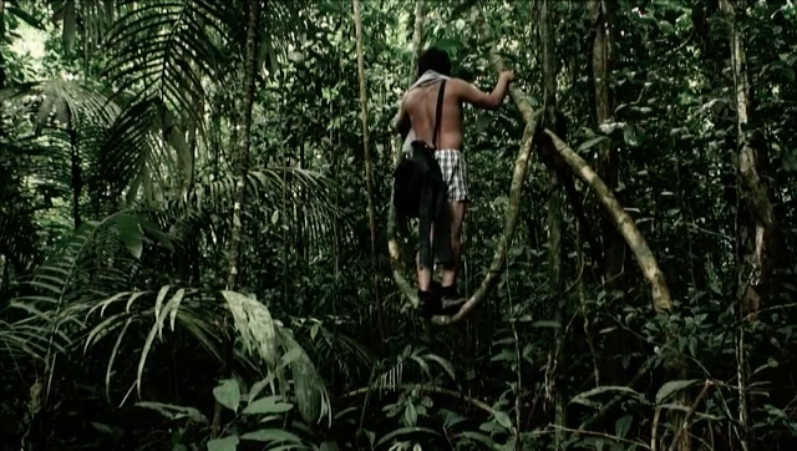 MA: Tell me about your adventures in the Amazon!
MA: Tell me about your adventures in the Amazon!
SY: Well, I was in a bar in Berlin and a friend told me that there was a guy at the bar that was living in the Amazon, so I approached him and talked to him. He is half Japanese and half German, and he said he spends five months in the jungle in Brazil, and then he goes to Berlin to make more money. I was welcomed to his place, and one year later I had saved up enough money to go there. It was a “no man’s land”, far from a very small village, and a very long distance from the city of Manaus. We stayed in a very primitive cabin, that he had made by himself. There was of course no electricity, and we couldn’t sleep on the floor because insects were coming into your nose, ears and eyes, so we slept in a hammock. This guy used to be an artist, but now he was more interested in biology and bio foods. I brought my camera, but I didn’t know what to do, it was so hot! I do understand the fact that insects are the most violent creature for humans. After a while, I started filming my every day life. I was there for around two or three weeks, and my impression of the jungle is that it is like hell. For me, Iceland is paradise on Earth; not so cold and no insects. In the Amazon, you have to fight to survive every day, but you can easily find good food, so it’s free, but hard. Free is always expensive, in a way. In Iceland, nothing is free, but it’s very easy to just be.
 MA: Do you have to take a part-time job to make a living?
MA: Do you have to take a part-time job to make a living?
SY: I have been fortunate to get scholarships from Japan and France, and I sold some works. I also work from time to time in my father’s French chocolate company in Japan.
MA: Do you have a private life?
SY: Yes I do, but I’m always an artist, so it’s a mix.
MA: I hope I’m not too private now, but what happens when you fall in love with a person in a distant country?
SY: I would love to discover her culture, society, nature and so on, and perhaps move there. I like the idea of “coincidental encounter”, which consider coincidences to be a kind of grace of gods, especially when they are unexpectedly fortunate.
MA: What did you learn during art school, that you are using today?
SY: In France, education was for me almost like a mental hospital; you are left to find everything yourself! There are almost no technique lessons. You do mostly talk about and explain your work, and you need references in art history or literature. I studied my every day life, I made my own diary. I wanted to show what happened around me, I was much more interested in the process than in the result. I made a video diary but wasn’t sure of how I should show it. At my diploma, I showed almost nothing. On the test day, a teacher came, that did not know me. The studio was almost empty and the teacher thought it was a joke. But that was the result of my year here. Welcome to my place, now you are in my private place and this is my project. Finally, they understood it and I got the first prize. I also showed some videos. One of them was the video work about every day life, where I film 30 seconds of what I do every day. For me, this is what I learned in France; how can I show my life? So now I continue, I travel and show what happens where I am. You know, there are trends in art, and I don’t want that. My work is out of fashion, that’s why I don’t have a gallerist. I want my art to grow together with my life. In ten years, the work will become very interesting, like a documentary archive. I think that art is like a detective, it looks for the truth. My work is like that, through my experiences and documentary. Maybe somebody will discover the things I buried around the world. One day I will make a guide book, that will be the work of my life. It won’t be an ordinary guide book, but a guide for discovering the world.
MA: What’s your upcoming project?
SY: I just finished a project in France, 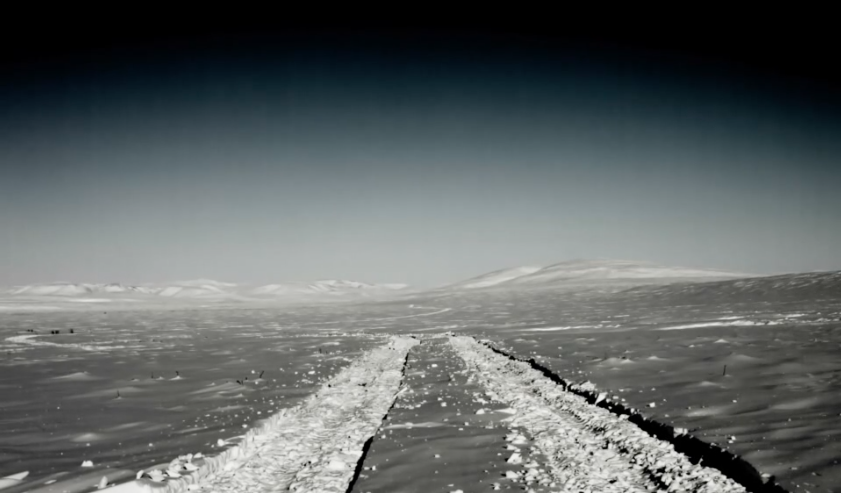 near the Mont Blanc in Switzerland, which also is about small stories. What’s my upcoming project? Well, I don’t know. Sleeping! And of course looking for a new residency in a minor place. I want to go to India, Africa and China.
near the Mont Blanc in Switzerland, which also is about small stories. What’s my upcoming project? Well, I don’t know. Sleeping! And of course looking for a new residency in a minor place. I want to go to India, Africa and China.
MA: You’re not afraid of terrorists?
SY: Yes I am. I was actually kidnapped once by some idiotic people, not sure if they were terrorists, or not. It was in Egypt, on my first trip to the African continent, and I was captured for three or four days. They wanted money of course, and we smelled like money, in our white, clean t-shirts. They forced us to get on a jeep and then drove for several hours during the night. We were forced inside a house and were threatened to give away our money. But we didn’t have any, and escaped from there. I’m definitely afraid of nature. But I think humans and especially religious extremists are the most dangerous, so I must be careful. I would like to go to Syria, but not now, of course. Maybe later.
MA: I walked from Sweden to Norway this summer, and walking across the border, or passing it by car or train, is always an absurd experience. I can imagine borders must be even more absurd when you are on more remote places where nature truly governs, like Siberia? In what way do you consider your work political?
SY: Political borders on the map are very interesting. We humans are definitely an animal, so the fact that we have our own territories is inevitable. I’m also interested in animal territoriality behavior.
MA: What is your relationship 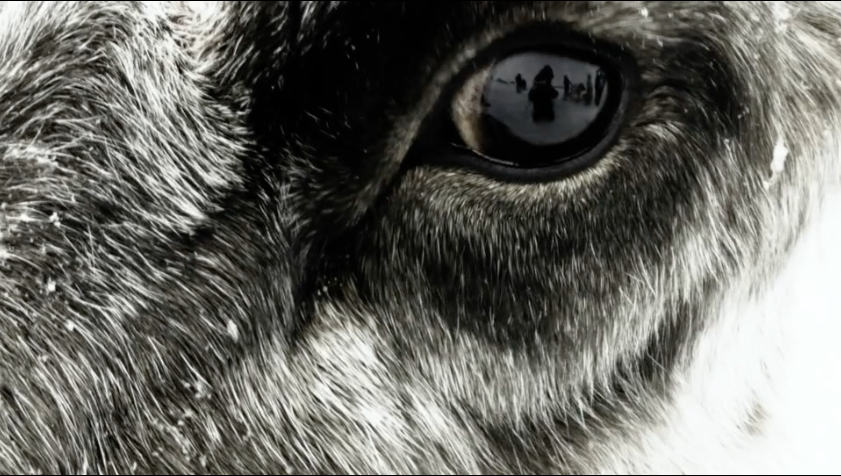 to nature today compared to when you grew up in Tokyo? What is your first memory of being in wild nature?
to nature today compared to when you grew up in Tokyo? What is your first memory of being in wild nature?
SY: When I grew up in the suburbs of Tokyo, there still were some small forests there. Now, it’s all been shaved clean and populated. So my first memory of being in wild nature comes from these forests. Nature provides a space for simple thinking. When I stand in front of a great landscape, I meet myself.
MA: You wanted to be a biologist or veterinarian, decided to become a lawyer and turned out to be an artist. Biologists collects samples, lawyers interpret the law. In what way does this affect you being an artist?
SY: I think artist should represent and research aspects of our society; the human being, nature, fashion, history, sounds, poetry, psychology or anything else. Great art is creating a dialogue with the audience, it asks questions to you, but not in a simple way. Art is always very difficult to understand, but that doesn’t matter. Please take your time. One day you can find your own answer. Maybe after 30 years or in just 10 minutes.
Les også intervjuer i samme serie med Gunhild Moe og Anne-Helga Henning
